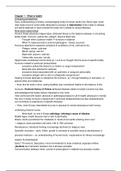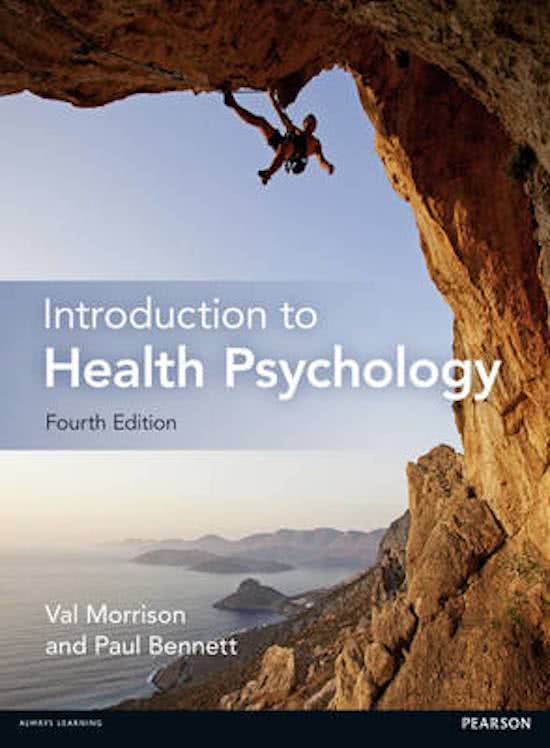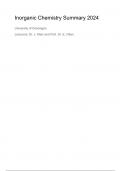Samenvatting
Detailed summary of Health & Medical Psychology
- Instelling
- Universiteit Leiden (UL)
This is a very detailed summary of all the chapters (except chapter 2) of the book "Introduction to Health Psychology" by Morrison & Bennett Edition 4 It also contains all the images/diagrams in the book and the bold words
[Meer zien]






